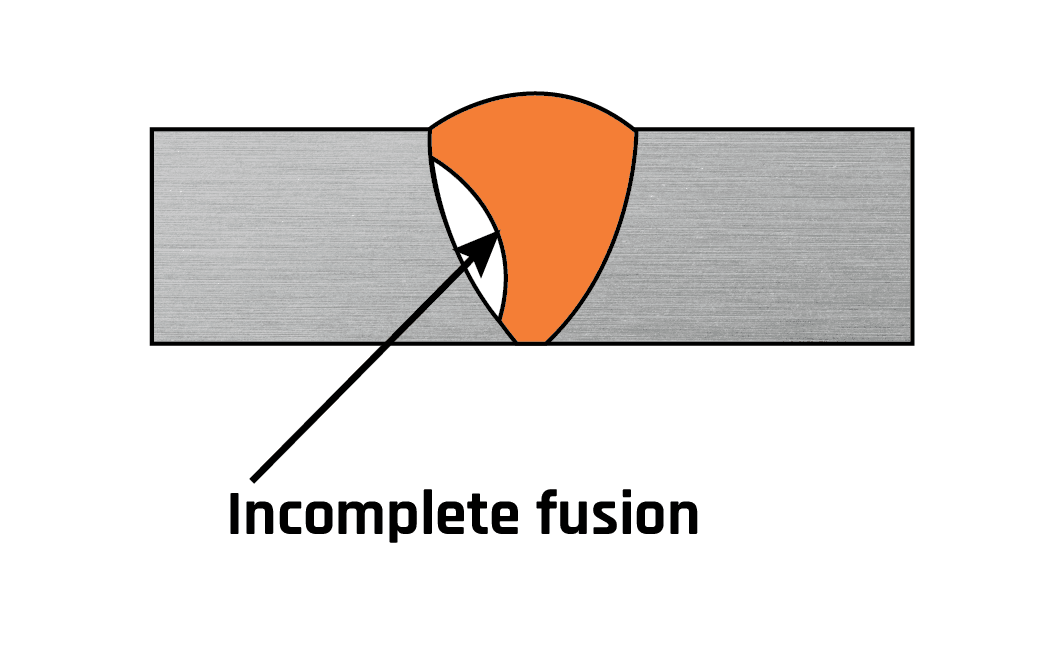How to Avoid Weld Undercut: Vital Tips for Welders
How to Avoid Weld Undercut: Vital Tips for Welders
Blog Article
Understanding the Art of Welding: Just How to Prevent Undercut Welding Issues for Flawless Construction Results
By understanding the origin causes of undercut welding and carrying out efficient techniques to prevent it, welders can raise their craft to new degrees of quality. In the pursuit of flawless manufacture outcomes, understanding the art of welding to stay clear of undercut issues is not simply an ability however a necessity for those making every effort for excellence in their job.
Understanding Undercut Welding

To stop undercut welding, welders should make sure proper welding specifications, such as adjusting the existing, voltage, travel speed, and maintaining the right electrode angle. In addition, using the proper welding strategy for the particular joint setup is necessary. Employing weaving activities or backstepping techniques can assist make sure correct weld steel deposition and reduce the possibility of undercut formation. Routine evaluation of welds throughout and after the welding procedure is also vital to capture any type of undercut early and make needed adjustments to avoid further defects. Preventing weld undercut. By comprehending the reasons for undercut welding and applying precautionary steps, welders can attain top notch, structurally sound welds.
Reasons of Undercut in Welding
Comprehending the variables that add to damage in welding is vital for welders to generate high-quality, structurally sound welds. Damaging happens when the weld steel does not correctly load the groove developed in between the base metal and the previously deposited weld metal. Several aspects can cause damage in welding. One typical reason is extreme warmth input. Welding at heats for extensive periods can cause the base metal thawing even more than wanted, bring about damage. Insufficient welding inaccurate or existing welding speed can likewise add to damage. Insufficient current may not provide enough warm to thaw the base and filler steels effectively, while extreme rate can avoid proper combination, causing undercut. Furthermore, inappropriate electrode angles or incorrect lantern manipulation techniques can produce locations of low weld metal deposition, advertising undercut. Recognizing these reasons and executing proper welding methods can assist avoid damaging problems, ensuring solid and long lasting welds.
Techniques to stop Undercutting

To minimize the danger of undercutting in welding, welders can utilize strategic welding methods aimed at boosting the top quality and integrity of the weld joints. One effective approach is to adjust the welding specifications, Click Here such as voltage, current, and take a trip speed, to make certain correct warmth input and deposition. Maintaining an appropriate electrode angle and making certain consistent travel rate can additionally help prevent undercut. Additionally, making use of the appropriate welding strategy for the certain joint arrangement, such as weave or stringer beads, can add to decreasing damaging. Preventing weld undercut.
Utilizing back-step welding methods and controlling the weld bead profile can likewise help distribute warm uniformly and minimize the danger of undercut. Normal inspection of the weld joint throughout and after welding, as well as applying top quality guarantee actions, can assist in resolving and spotting undercutting concerns immediately.
Importance of Appropriate Welding Specifications
Selecting and keeping appropriate welding specifications is necessary for attaining effective welds with minimal problems. Welding parameters describe variables such as voltage, present, take a trip rate, electrode angle, and shielding gas flow price that straight affect the welding process. These parameters must be meticulously changed based upon the kind of product being welded, its density, and the welding strategy used.
Correct welding criteria ensure the correct amount of warmth is applied to melt the base metals and filler material consistently. If the specifications are set too expensive, it can bring about excessive warmth input, creating spatter, distortion, or burn-through. On the other hand, if the criteria are as well reduced, insufficient blend, absence of infiltration, or damaging may take place.
Quality Control in Welding Operations

Final Thought
Finally, grasping blog the art of welding needs a comprehensive understanding of undercut welding, its causes, and methods to stop it. By guaranteeing correct welding specifications and carrying out high quality guarantee practices, flawless fabrication results can be attained. It is important for welders to consistently aim for quality in their welding procedures to prevent undercut concerns and produce high-grade welds.
Undercut welding, a typical issue in welding procedures, takes place when the weld steel doesn't appropriately fill the groove and leaves a groove or clinical depression along the bonded joint.To stop undercut welding, welders ought to guarantee correct welding specifications, such as changing the current, voltage, travel rate, and maintaining the right electrode angle. Poor welding current or inaccurate you could check here welding speed can likewise contribute to damage.To minimize the threat of damaging in welding, welders can utilize critical welding methods intended at enhancing the top quality and stability of the weld joints.In final thought, mastering the art of welding requires an extensive understanding of undercut welding, its causes, and techniques to prevent it.
Report this page